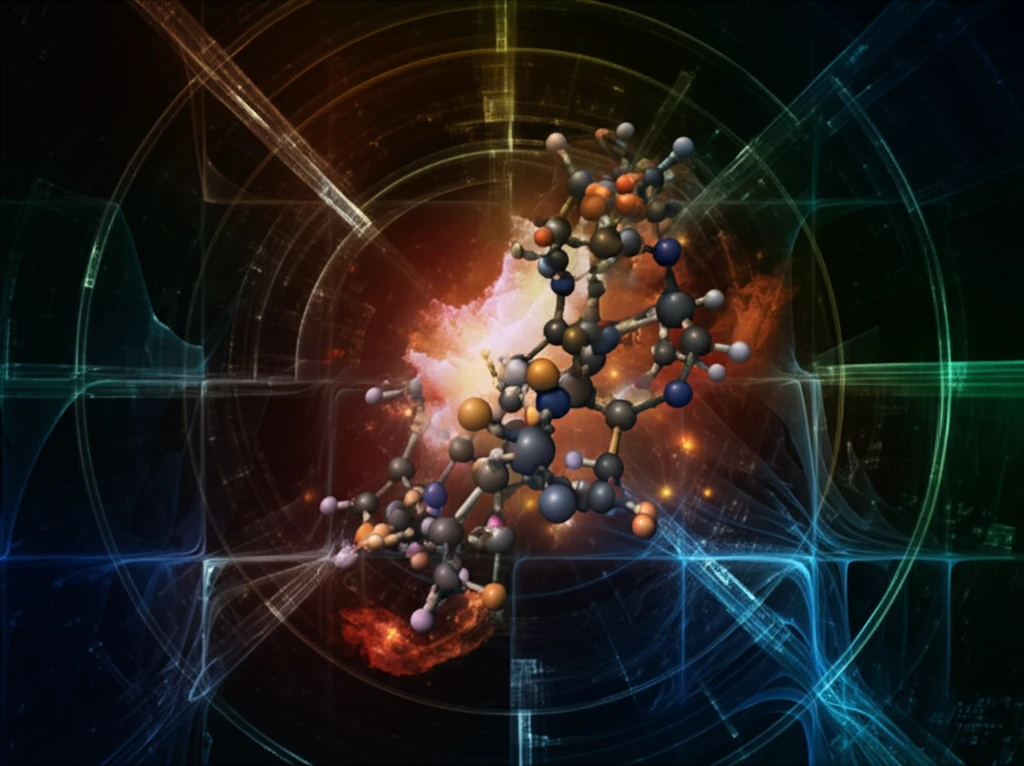
Decoding Molecules: How Quantum Chemistry Automates Protonation Site Prediction
"Discover the innovative method streamlining molecular analysis, making complex quantum calculations accessible for diverse applications and boosting efficiency."
Imagine trying to solve a puzzle with millions of pieces, each representing an atom in a molecule. That's the challenge scientists face when studying molecular protonation—figuring out where a proton (a tiny, positively charged particle) will attach to a molecule. The location of this proton can dramatically change the molecule’s behavior, making it crucial to understand for various applications, including drug design and materials science.
Traditionally, determining these protonation sites required painstaking and time-consuming calculations. But what if there was a way to automate this process, making it faster, more accurate, and accessible to more researchers? A groundbreaking study introduces a new method that does just that, using the principles of quantum chemistry to predict the most likely spots for protonation in molecules, even large and complex ones.
This isn't just about speeding things up; it's about opening new doors in scientific exploration. By automating this complex task, scientists can delve deeper into molecular behavior, design more effective drugs, and create new materials with specific properties. The implications are vast, impacting numerous fields and paving the way for future innovations.
Quantum Chemistry Automation: Unlocking Molecular Secrets Faster

The core of this innovative approach lies in combining two powerful techniques: the Foster-Boys orbital localization method and the GFN-xTB semi-empirical method. Think of the Foster-Boys method as a way to identify potential protonation hotspots on a molecule. It pinpoints areas with high electron density, such as lone pairs and π orbitals, which are attractive to protons.
- Initial Structure Optimization: Start with the neutral molecule and optimize its structure using GFN-xTB.
- LMO Identification: Localize molecular orbitals (LMOs) using the Foster-Boys method to identify lone pairs and π orbitals, the prime candidates for protonation.
- Protonation and Optimization: Add a proton to each identified site and optimize the resulting cation structure using GFN-xTB.
- Energetic Ranking: Rank the protonated structures based on their energy.
- Refinement: Refine the energies of the most promising protomers using more accurate DFT methods.
Future Implications: A New Era of Molecular Understanding
This automated approach represents a significant leap forward in our ability to understand and predict molecular behavior. By making these complex calculations more accessible and efficient, it empowers researchers to explore new avenues in drug discovery, materials design, and beyond. As the method continues to be refined and applied to diverse molecular systems, it promises to unlock even deeper insights into the intricate world of molecules.
